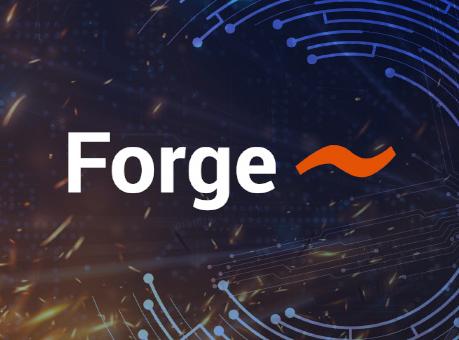
Agile Project Scheduling: The LMI Way
Agile, Agile Project Management, Strategy & TransformationIn many organizations, the program or project management office (PMO) ensures implementation of plans as agreed to by all stakeholders. This approach’s narrow focus on execution systematically incentivizes teams not to concentrate on what really matters: creating value.
In traditional scheduling approaches, the project manager tightly controls, potentially limiting others’ voices in major decisions. In contrast, agile approaches accommodate last-minute changes without affecting results or disrupting the schedule. Project managers decide which approach to adopt during project initiation based on factors like the nature of the project, its size, and the resources involved.
At LMI, we tailor agile frameworks to address your needs. Whether you are implementing a hybrid or traditional PMO schedule, LMI’s adaptable schedule processes will get you there. Through our performance optimization line of business, LMI uses agile scheduling to enhance the efficiency and effectiveness of organizations and operations.
Choosing the Right Approach
LMI delivers optimized project value by ensuring PMO operations adapt to progressive elaboration, encourage responsiveness to continual feedback, and increase collaboration among all stakeholders. This flexibility empowers cross-functional teams to leverage diverse skills and expertise for high-quality projects. We consider the following factors when helping you choose the scheduling approach most suitable for your project:
- Are the project requirements clear?
For unclear or changeable project requirements, choose an agile scheduling approach. Traditional approaches fit best with clearly defined and well understood conditions. - What technology is involved in the project?
Traditional project management works best when not applying new technology or tools. Agile approaches’ flexibility allow for experimentation with the latest technology. - Is the project prone to unwanted risks and threats?
Agile approaches address risks more quickly than rigid traditional approaches. Therefore, agile approaches are a better option for risk management. - What size and type of teams will be working on the project?
Once the scope of work is completely understood, the project manager plans the tasks. Agile projects simplify resource planning because the teams own the stories, not individuals, and these teams usually comprise a limited number of experienced team members. Traditional approaches work best with more complex teams and projects.
The project manager refers to the schedule, maintains it, and continually verifies it with the team and other stakeholders. Over time, the schedule becomes the detailed picture of the project. Think of a project schedule as directions to a party and the sprint as the room where everyone hangs out.
LMI's Approach to Agile Phases
An agile approach comprises five unique phase that closely correspond with the general program management stages at LMI.
- Envision phase. The team identifies the needs of the customers, sets business objectives, and outlines the desired results. These steps align with stage 1 of an Agile approach, when the product owner collaborates with stakeholders to create a product backlog.
- Speculation phase. The project manager breaks the project into milestones and sets timelines, then combines this information with the results from the Envision phase to create a standard schedule management plan.
- Exploration phase. The team explores different ways to address project requirements while staying within time and budget constraints. This phase runs in parallel with the Adaptation phase, enabling teams to consider customer feedback and learn from previous experience.
- Adaptation phase. The Adaptation stage is unique to agile approaches. The team reviews the results of previous iterations, assesses the situation, gathers customer feedback, and checks performance against the schedule management plan. We expect uncertainty and manage for it through iterations, anticipation, and adaptation.
- Closing phase. The team ensures that the project meets all updated requirements and is complete. The team discusses mistakes that occurred during the project and areas for improvements to make better decisions in the future.
An agile project management framework is iterative. Team members learn through self-assessments and continuous improvement so that they consistently perform better each time. With LMI’s software suites, program managers, project managers, stakeholders, and customers understand and refine the approach to best fit each project.
For more information, please contact LMI’s Program Planning and Investment Management (PP&IM) Sub-Service line Vice President, Mark McAlister, PPM Practice Area Lead (PAL), Vickie Sanchez, or Community of Practice (CoP) Lead, Stevon Salter.



















